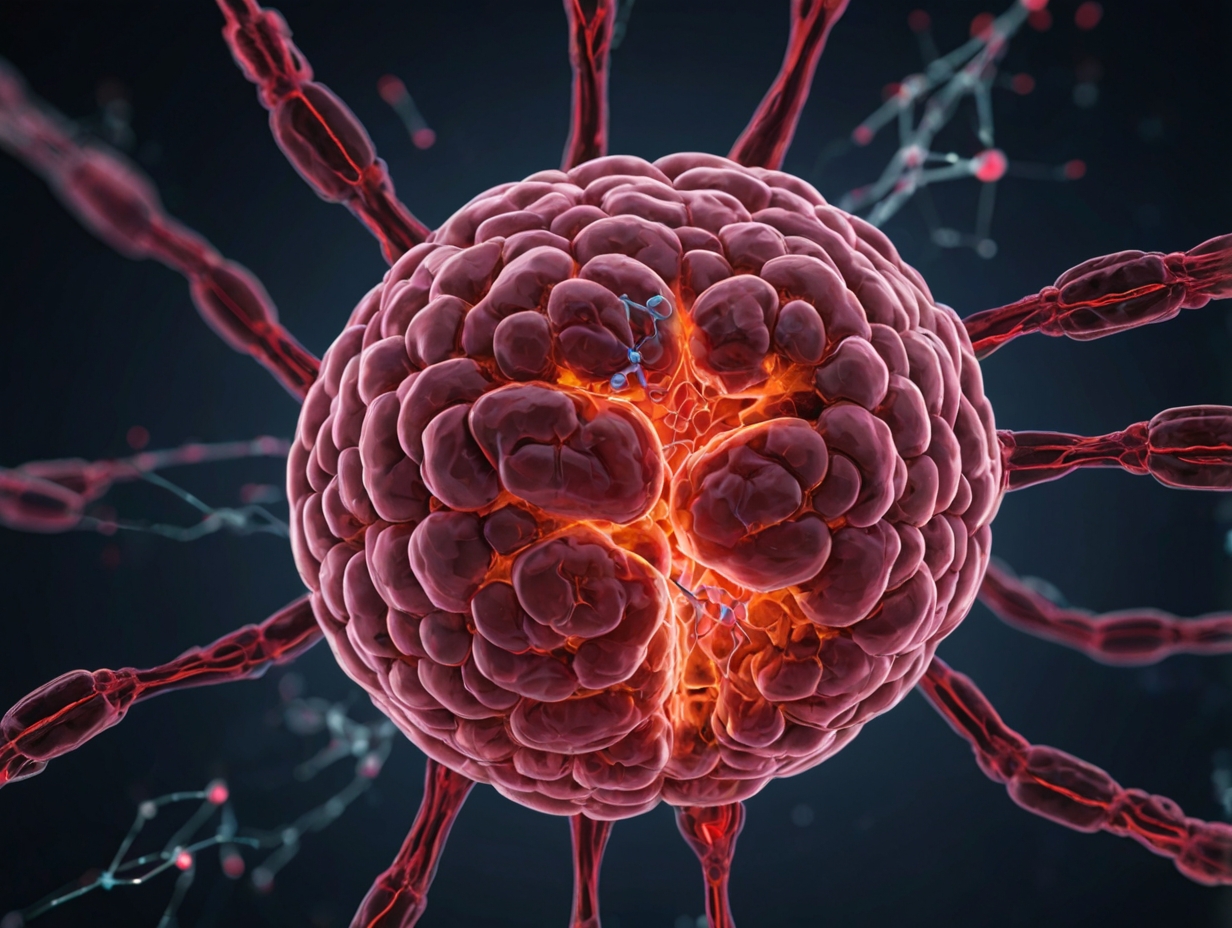In a groundbreaking study conducted by Chalmers University of Technology in Sweden, researchers have unveiled a revolutionary AI-powered computer model named Lars (Lymphoma Artificial Reader System).
Led by Associate Professor Ida Häggström from the Department of Electrical Engineering, the team has achieved a significant milestone in medical diagnostics, particularly in the realm of lymphatic cancer detection.
Lars revolutionizes lymphoma diagnosis with AI ingenuity”
Lars, powered by cutting-edge deep learning technology, has demonstrated an unprecedented accuracy rate of 90% in identifying signs of lymphoma, a complex and diverse group of blood cancers affecting the lymphatic system.
Traditional diagnostic methods heavily rely on the expertise of radiologists to interpret medical images, a process that is not only time-consuming but also subject to variability based on individual experience and workload.
However, Lars promises to augment and streamline the diagnostic process significantly.
Lars’s proficiency stems from its robust training process, where it was fed over 17,000 images from more than 5,000 lymphoma patients, spanning a decade’s worth of clinical data.
Through supervised learning, Lars continuously refines its algorithms by learning from vast amounts of data, without the need for explicit programming.
This approach enables Lars to independently identify relevant features in medical images indicative of lymphoma, thereby enhancing its diagnostic accuracy over time.
Implications for healthcare equality
One of the most promising aspects of Lars’s development is its potential to enhance healthcare equality.
By providing a second opinion or prioritizing patients in need of urgent care, AI systems like Lars ensure that all patients, regardless of their location or the hospital they visit, have access to high-quality diagnostic expertise.
This is particularly crucial for rare diseases, where specialized radiological experience may be limited.
While Lars’s success represents a significant advancement in medical imaging analysis, its journey from a successful pilot study to clinical application is not without challenges.
Validating Lars for clinical use will require extensive testing to ensure its reliability and effectiveness across different settings.
Despite these hurdles, the open sharing of the computer code by Häggström’s team marks a significant step forward, fostering collaboration and further research within the global scientific community.
Lars’ impact on medical diagnostics and precision medicine
As we stand on the brink of a new era in medical diagnostics, the work of Häggström and her colleagues represents a beacon of hope.
Not only does Lars offer the prospect of faster and more accurate lymphoma diagnosis, but it also exemplifies the transformative potential of AI in medicine.
With continued development and rigorous validation, systems like Lars could revolutionize the way we detect and diagnose a broad spectrum of diseases, ushering in a new age of precision medicine powered by artificial intelligence.
The advent of Lars marks a significant milestone in the field of medical diagnostics, particularly in the detection of lymphatic cancer.
With its remarkable accuracy and potential to enhance healthcare equality, Lars stands poised to revolutionize the way we approach disease diagnosis and treatment.
As researchers continue to push the boundaries of AI technology, the future of medicine looks brighter than ever.
From Zero to Web3 Pro: Your 90-Day Career Launch Plan
